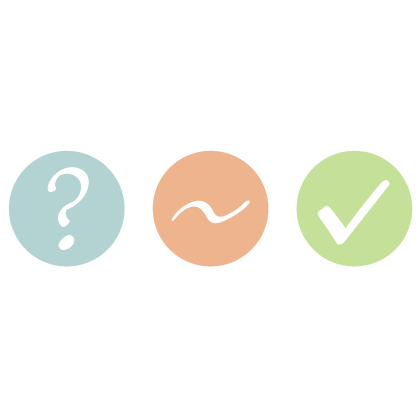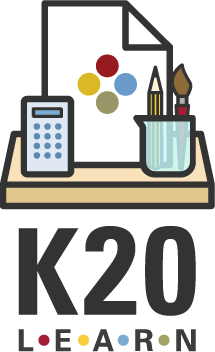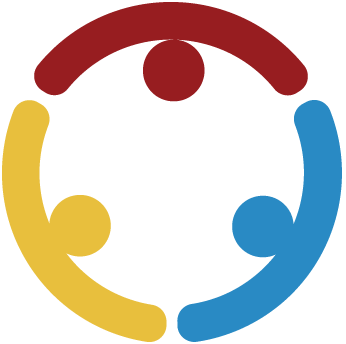Summary
Try some of the instructional strategies in this collection to help students provide feedback on what they have learned or on their peers' work. Student feedback is an important tool for educators to gauge how well students understand and engage with the material. It enables teachers to identify areas of confusion or misunderstandings and address them in a timely manner. Feedback from students can help educators adjust their teaching methods to better suit students' needs. Learning how to provide feedback can also help students and their peers reflect on their own learning and identify areas where they need to improve. When students engage in feedback activities, it creates a sense of ownership and responsibility. It also gives students the opportunity to actively participate in their own learning or learn from the feedback of others.Resources

Exclaim and Question
- 6th - 12th
This strategy offers a framework for students to practice generating, offering, and receiving constructive criticism. Read more »
- Individual, Whole Class
- Evaluate/Assessment
- Less Than 10 Minutes
- Analyze, Critical Thinking, Evaluate, Self-assessment
- 6th - 12th

First Turn / Last Turn
- 3rd - 12th
This strategy uses small-group analysis of a text to reinforce productive discussion skills by having students take turns sharing and receiving feedback. Read more »
- Explore/Learning Activity, Explain/Closing
- Collaborate, Speak & Listen
- 3rd - 12th

GUS Method
- 2nd - 12th
Students use self-reflection to indicate their level of understanding—whether they guessed (G), are unsure (U), or are completely sure (S). This strategy is a non-threatening approach for teachers to assess students' learning informally by allowing them to self-reflect about their understanding. In... Read more »
- Whole Class
- Less Than 10 Minutes
- 2nd - 12th

Spotlight Questioning
- 6th - Undergraduate
This strategy is used when all students are expected to be ready to respond to a question at any time. Students are given a question or series of questions with time to develop a response in preparation for being called on to be in the “spotlight.” The class then offers feedback to each student’s response.... Read more »
- Large Group (at least 30), Medium Group (at least 10), Whole Class
- Engage/Opening, Explore/Learning Activity, Extend/Additional Learning Activity, Evaluate/Assessment
- 10 - 20 Minutes, 20 - 30 Minutes
- Active Engagement, Critical Thinking, Elaborate, Evaluate, Problem Solving, Summarize
- 6th - Undergraduate

TAG Me!
- 3rd - 12th
TAG Me! is a reflection strategy that helps students provide specific, constructive feedback to their peers. Read more »
- Medium Group (at least 10), Small Group, Whole Class
- Explore/Learning Activity, Explain/Closing, Extend/Additional Learning Activity, Evaluate/Assessment
- Less Than 10 Minutes
- Active Engagement, Analyze, Collaborate, Critical Thinking, Evaluate, Review, Speak & Listen, Writing
- 3rd - 12th

Two Stars and A Wish
- Preschool - 12th
Two Stars and a Wish is a reflection strategy designed to provide student feedback via peer- and self-assessment. Students consider a recent activity, lesson, event, etc., and respond with two positive (stars) and one hopeful (wish) reflection. Read more »
- Individual, Whole Class
- Explain/Closing, Extend/Additional Learning Activity, Evaluate/Assessment
- Less Than 10 Minutes
- Compare & Contrast, Critical Thinking, Evaluate, Identify, Reflection, Student Choice, Synthesize
- Preschool - 12th
This work is licensed under a Creative Commons CC BY-SA 4.0 License.
Report copyright infringement »

